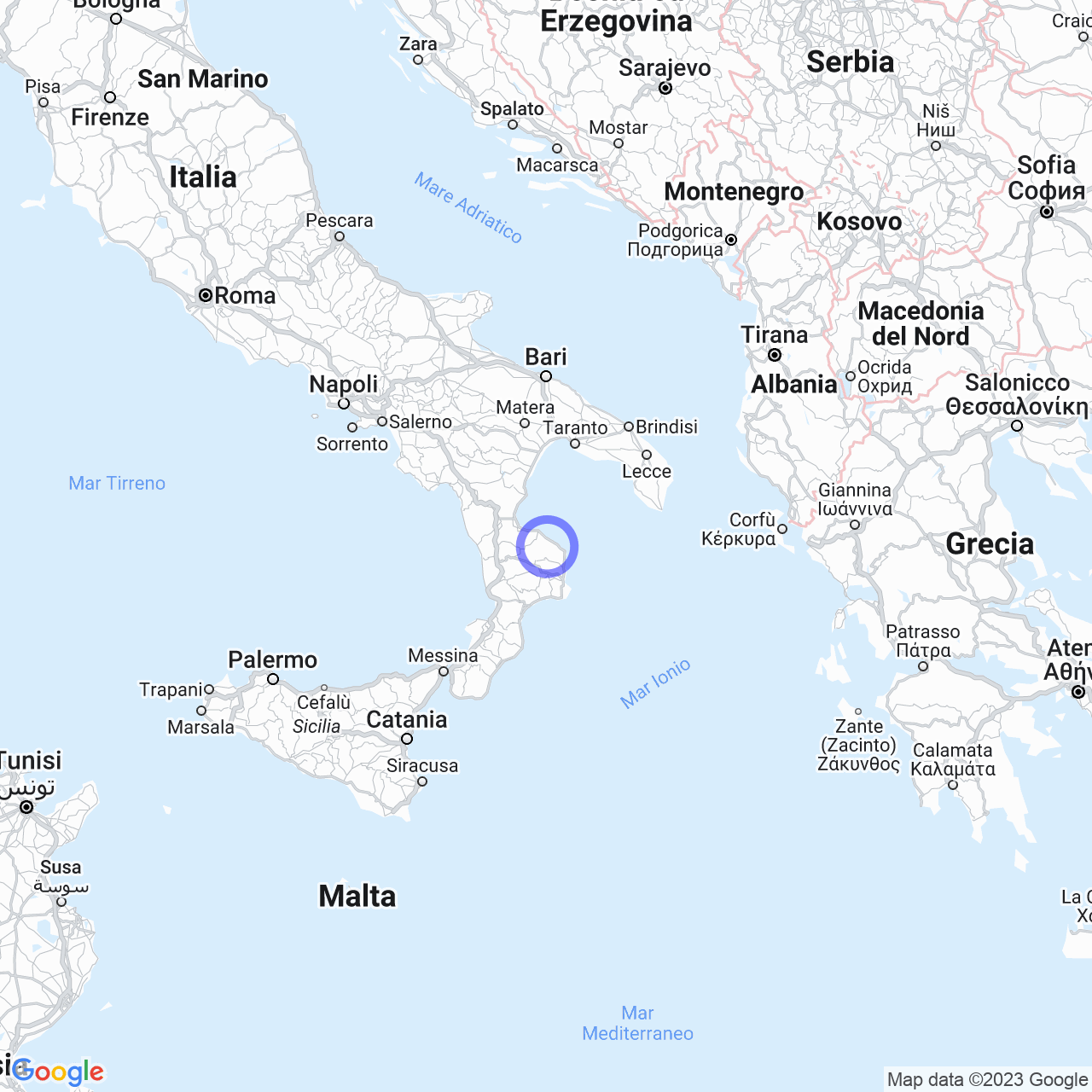Scala Coeli
Scala Coeli: a town between the last foothills of the Sila Greca and the Ionic coast
Scala Coeli is a town located in the province of Cosenza, Calabria, with a population of 821 inhabitants. The town is situated at an altitude of 370 meters on the last foothills of the Sila Greca, on a rock on the left side of the valley carved by the river Nica'. Additionally, the territory of the town also comprises a section of the Ionic coast, between the towns of Mandatoriccio to the north and Cariati to the south.
Origins and history of Scala Coeli
Despite the original name being Scala Coeli, the genitive "coeli" was omitted for a long time. As attested by Vincenzo Padula, the current denomination was restored only during the nineteenth century. Scala Coeli has a long history, dating back to the Iron Age according to some historians, while others attribute its foundation to Philoctetes during his exile from Troy. The area around Scala Coeli was the setting of the famous battle between the cities of Sybaris and Croton in 510 B.C. During the Byzantine Empire, Scala Coeli was equipped with constructions for defense against Saracen attacks, and buildings such as the Vizza and the Maiorano (the latter still nicknamed "Castle") were built during this period.
With the Norman rule in 1250, Scala Coeli and the hamlets of Motta and San Maurello were annexed to the County of Cariati. In 1437, the creation of the Archdiocese of Rossano-Cariati represented a particularly flourishing period from a religious-administrative point of view, with the presence of seven churches and a Franciscan convent. In 1678, the village passed to the Coscinellis, who exercised their feudal rights until 1754 when it passed in female succession to the Vitilios. In 1768, Scala Coeli was purchased by the Parisano Bonanno, barons of Scala Coeli until the abolition of feudalism in 1806. In the nineteenth century, Vincenzo Padula described Scala Coeli as a walled hill, surrounded by rocks and caves, with four gates open at dawn and closed at sunset.

Monuments and places of interest
Scala Coeli features several noteworthy religious and civil architectures. The church of Santa Maria Assunta, in the historic center, and the church of Sant'Antonio da Padova, inside which a nineteenth-century painting is present, are two excellent examples of religious architectures. The Maiorano palace, known as "Castle," located near the Church of Santa Maria Assunta, is a civil architecture of great interest. Additionally, the Caves of the Basilian Monks and the Monument to the Fallen are other points of interest in the town.
Society and its demographic evolution
The population of Scala Coeli has remained almost stable in recent decades. Starting from the 1980s, the population has fluctuated around 800-900 inhabitants. However, as in many other areas of Calabria, young people tend to leave their hometown in search of work elsewhere.
Economy and infrastructure
The economy of the town is primarily based on agriculture and livestock farming. However, there are also some small commercial activities, mostly services-based, that try to meet the needs of the local population. The infrastructure of the town mainly comprises roads that connect the various villages in the area, facilitating the transport of cultivated goods.
Administration
Finally, for those interested in administrative elections, the Ministry of the Interior offers a wide range of data on Scala Coeli starting from 1988.
